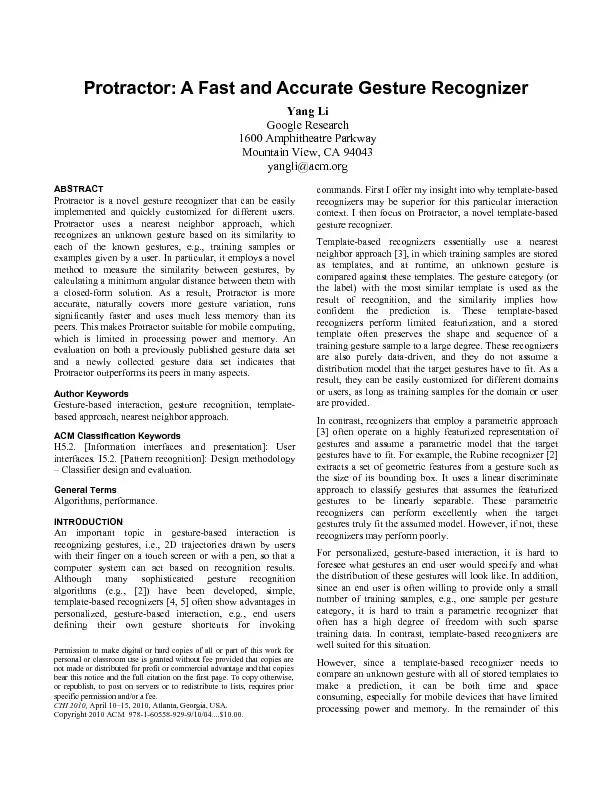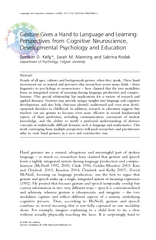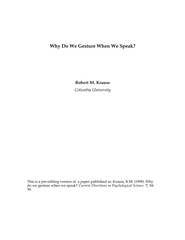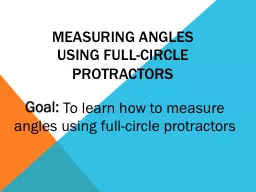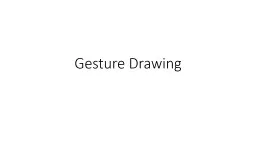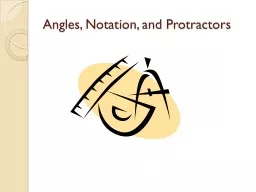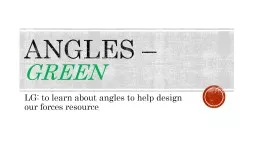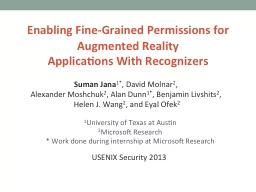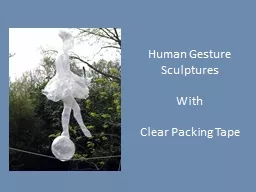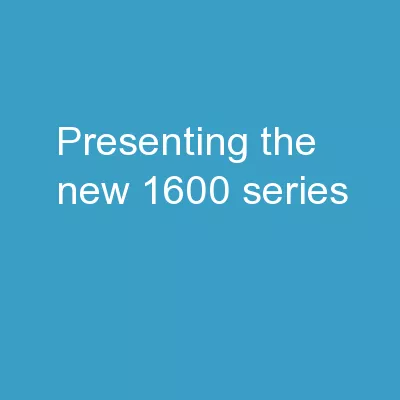PDF-Protractor: A Fast and Accurate Gesture Recognizer Yang Li 1600 Amphit
Author : briana-ranney | Published Date : 2016-07-15
r p ersonal or classroom use is granted without fee provided that copies arenot made or distributed for profit or commercial advantage and that copiesbear this notice
Presentation Embed Code
Download Presentation
Download Presentation The PPT/PDF document "Protractor: A Fast and Accurate Gesture ..." is the property of its rightful owner. Permission is granted to download and print the materials on this website for personal, non-commercial use only, and to display it on your personal computer provided you do not modify the materials and that you retain all copyright notices contained in the materials. By downloading content from our website, you accept the terms of this agreement.
Protractor: A Fast and Accurate Gesture Recognizer Yang Li 1600 Amphit: Transcript
Download Rules Of Document
"Protractor: A Fast and Accurate Gesture Recognizer Yang Li 1600 Amphit"The content belongs to its owner. You may download and print it for personal use, without modification, and keep all copyright notices. By downloading, you agree to these terms.
Related Documents

